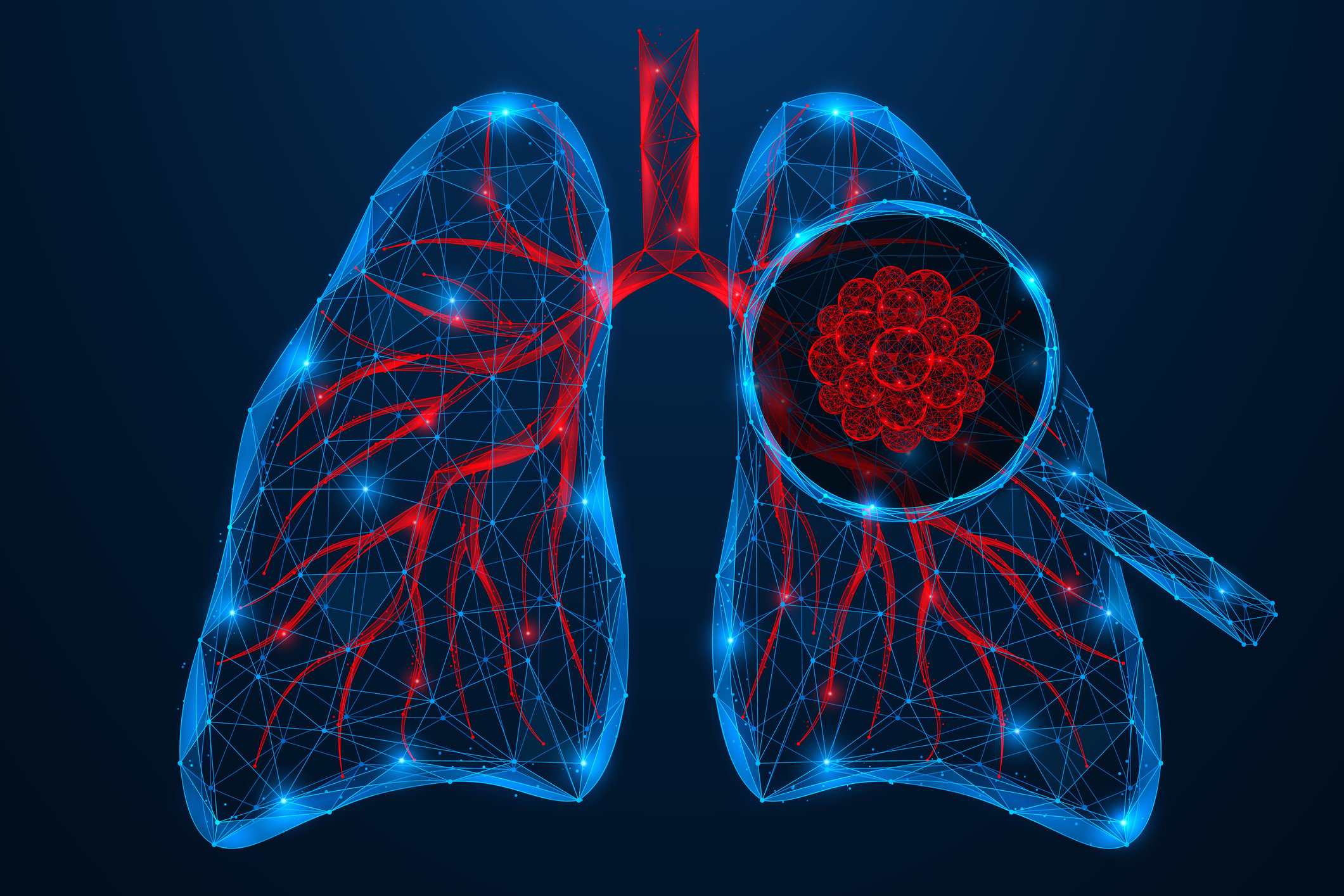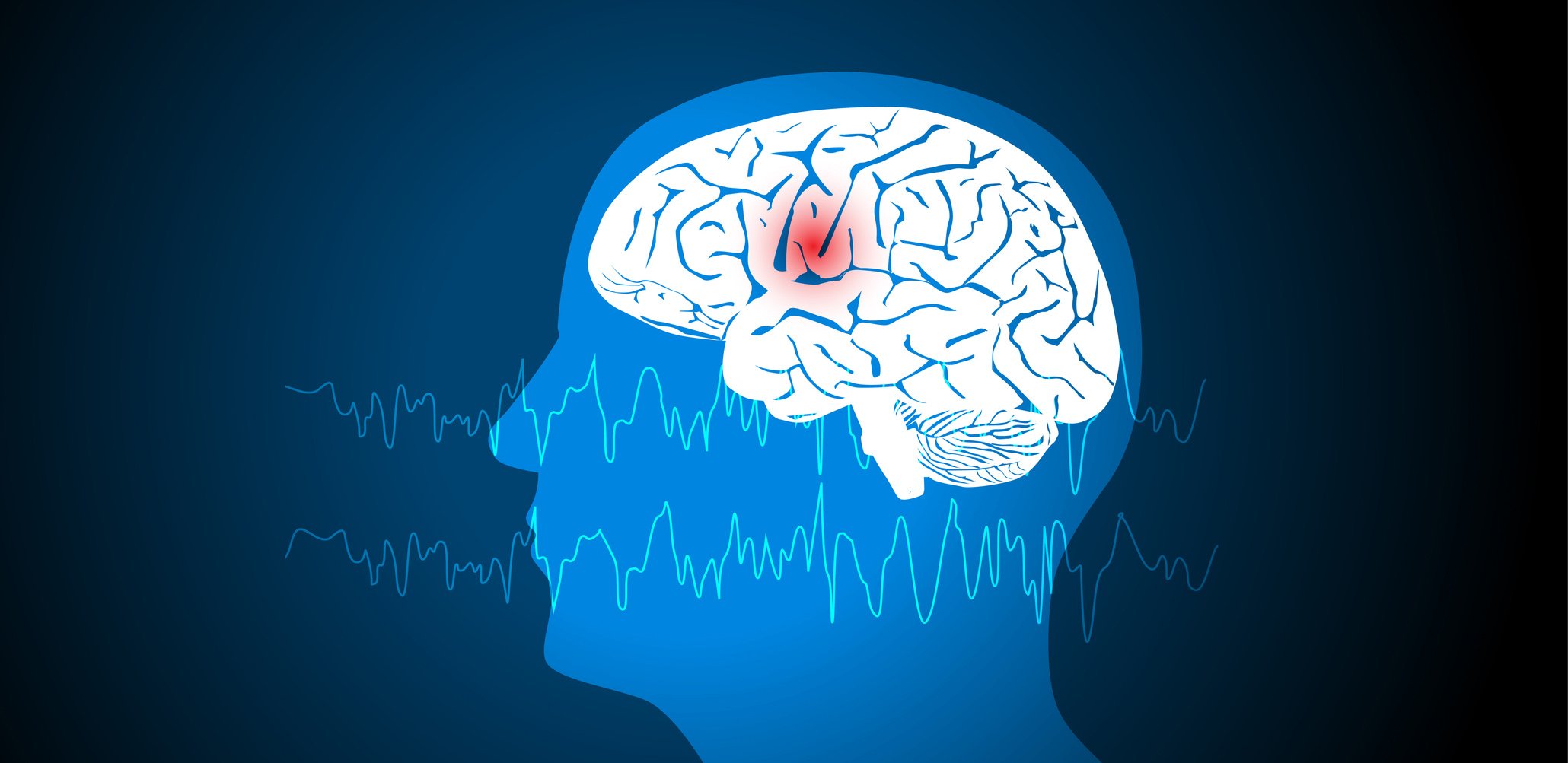Skin symptoms are among the clinical manifestations of advanced systemic mastocytosis. The determination of serum tryptase as well as a KIT-D816V mutation allow a first diagnosis in dermatological practice. The multikinase inhibitor midostaurin may reduce symptom burden and improve survival in affected individuals.
In advanced systemic mastocytosis (advSM), the uncontrolled proliferation and accumulation of neoplastic mast cells in internal organs leads to organ dysfunction and damage [1]. Life expectancyand quality of life can be severely limited [2,3]. Skin symptoms, such as severe itching, are a common distressing symptom [4–8]. The dermatologist therefore plays a crucial role in the diagnosis of advSM, and is often the first point of contact for those affected. The multikinase inhibitor Rydapt® (midostaurin) is available for the treatment of patients with advSM.
Nonspecific symptoms complicate diagnosis
The wide range of non-specific symptoms means that the disease is often diagnosed late [9]. The prognosis is also poor, with median survival from diagnosis ranging from 6 months to 3.5 years [2,14]. To improve patient survival and symptom burden, early detection of advSM is of great importance [15]. Itch symptoms are caused by mediators secreted by mast cells and released into the bloodstream (e.g. histamine). In addition to distressing pruritus, various nonspecific noncutaneous symptoms may occur depending on the infiltrated organ (e.g., anemia, liver dysfunction, malabsorption, weight loss, physical weakness, diarrhea [5,7,8]). Genetically, activating mutations of the c-KIT gene underlie the disease in many affected individuals. The most common mutation – KIT D816V substitution – is present in more than 80% of patients [16,17] and leads to ligand-independent activation of the KIT receptor, resulting in increased proliferation and survival of mast cells [8].
Important diagnostic markers: serum tryptase and KIT-D816V mutation.
Typical clinical signs are maculo-papular, reddish-brownish, punctate irritable skin lesions, formerly called “urticaria pigmentosa” [6]. During the course of the disease, the lesions may also be confluent [6]. In addition, the Darier sign is indicative: if one strokes the skin with a wooden spatula, a reddening appears in the area of the lesions [6]. Gastrointestinal symptoms may provide further clues to the presence of advSM [18,19]. Severe anaphylaxis often occurs in patients with advSM [20]. Common additional feature of advSM is osteoporosis or osteopenia of unclear etiology [21]. In addition to dermatological indicators, measurement of serum tryptase levels and determination of a KIT-D816V mutation in the blood are available as further diagnostic parameters [5]. If serum tryptase is elevated and the test for KIT-D816V mutation is positive, systemic mastocytosis can be concluded with high probability [9,10]. The higher the mutation load, the more advanced the disease is [22]. If both tests substantiate the suspicion of systemic mastocytosis, the next step should be referral to the hemato-oncologist.
|
Summary
|
Therapy goal Symptom reduction
Since fall 2017, treatment options have greatly improved with the introduction of the antiproliferative oral multikinase inhibitor Midostaurin (Rydapt®) [11,23] in adult patients. Compared with historical controls, median overall survival was shown to increase from 19.5 to 41.4 months [11–13]. Rydapt® is approved as monotherapy for the treatment of adult patients with aggressive systemic mastocytosis (ASM), systemic mastocytosis with associated hematologic neoplasia (SM-AHN) or mast cell leukemia (MCL) [11]. The mechanism of action is inhibition of the kinase activity of FLT3 and KIT and their mutant forms, which contributes to regulation of specific essential cellular processes and slows or stops the growth and proliferation of cancer cells [11]. The most common non-hematologic adverse events observed during the studies were nausea and vomiting [13].
Source: Novartis
Literature:
- Metcalfe DD: Blood 2008; 112(4): 946-956.
- Lim KH, et al: Blood 2009; 113: 5727-5736.
- Gotlib J, et al: Blood 2013; 122(21): 106.
- Magliacane D, et al: Transl Med UniSa 2014; 8: 65-74.
- Pardanani A: Am J Hematol 2015; 90: 251-262.
- Hartmann K, et al: J Allergy Clin Immunol 2016; 137(1): 35-45.
- Arock M, et al: Eur J Haematology 2015; 94(6): 474-494.
- Verstovsek S: Eur J Haematol 2013; 90(2): 89-98.
- Pardanani A, et al: Am J Hematol 2019; 94(3): 363-377.
- Valent P: Am Soc Hematol Educ Program 2015; (1): 98-105.
- Swiss Drug Compendium: Specialist information Rydapt®, https://compendium.ch, last accessed 06.01.2020
- Reiter A, et al: EHA, Madrid, 22-25.06.2017.
- Gotlib J, et al: N Engl J Med 2016; 374(26): 2530-2541.
- Georgin-Lavialle S, et al: 2013; 121(8): 1285-1295.
- Valent P, et al: Int J Mol Sci 2019; 20(12): 2976.
- Ustun C, et al: Haematologica 2016; 101(10): 1133-1143.
- Jawhar M, et al: Blood 2017; 130(2): 137-145.
- Sokol H, et al: Allergy Clin Immunol 2013; 132: 866-873.
- Lee JK, et al: World J Gastroenterol 2008; 14(45): 7005-7008.
- Gülen T, et al: Clin Exp Allergy 2014; 44(1): 121-129.
- Guillaume N, et al: Am J Med 2013; 126(1):75.e1-7.
- Erben P, et al: Ann Hematol 2014; 93(1): 81-88.
- Cantoni N: Swiss Medical Forum 2019; 19(31-32): 497-498.
DERMATOLOGY PRACTICE 2020; 30(1): 31











